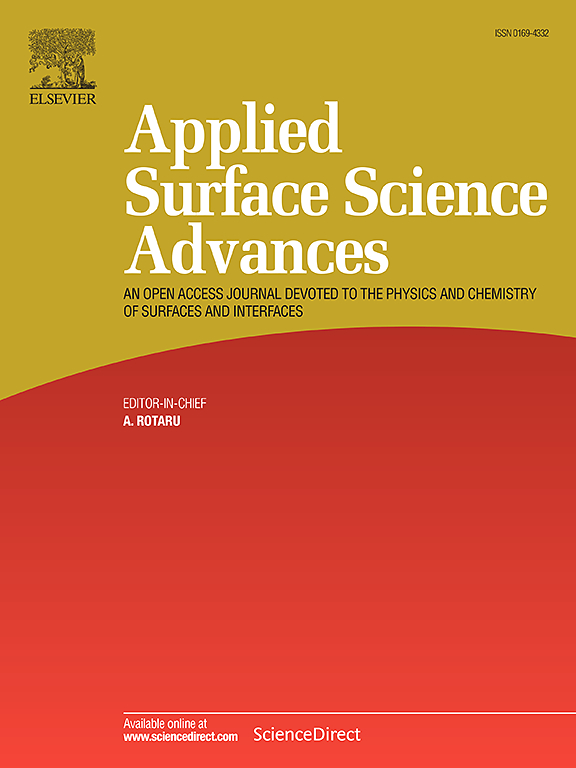Transforming Chitosan into N-Doped Carbon for Efficient CO2 Capture: A comprehensive Review
IF 8.7
Q1 CHEMISTRY, PHYSICAL
引用次数: 0
Abstract
Carbon dioxide (CO₂) emissions contribute significantly to global warming, and hence the development of an efficient carbon capture system is essential. This review article explores the prospects of N-doped carbon materials derived from chitosan for CO₂ capture. Chitosan is a nitrogen-rich, easily biodegradable biopolymer that can be used as an ideal precursor for the production of N-doped carbon materials with tuned porosity and high surface area. The nitrogen content increases the adsorption performance by creating active sites for chemisorption and physisorption, while hierarchical pore structures optimize CO₂ diffusion and retention. Further enhancements in material performance are introduced with innovations in chemical activation and nitrogen-enriched additives. We comprehensively review the existing method for transforming chitosan into N-doped carbon materials for carbon capture applications. This study concludes that these sustainable materials possess great significant potential for industrial-scale CO₂ capture and mitigation, aligning with sustainable development goal SDGs 13: Climate Action. Future research should focus on optimizing the synthesis methods, enhancing the functional stability, and integrating this material in the form of beads rather than powder. These efforts aim to significantly improve both effectiveness and sustainability for large-scale and real-world applications.
壳聚糖转化为n掺杂碳用于高效捕集二氧化碳:综述
二氧化碳(CO₂)的排放是全球变暖的主要原因,因此开发高效的碳捕获系统至关重要。本文综述了壳聚糖制备的n掺杂碳材料在CO 2捕集中的应用前景。壳聚糖是一种富含氮、易于生物降解的生物聚合物,可以作为生产具有调节孔隙率和高表面积的n掺杂碳材料的理想前驱体。氮含量通过创造化学吸附和物理吸附的活性位点提高了吸附性能,而分层孔隙结构则优化了CO₂的扩散和保留。进一步增强的材料性能与化学活化和富氮添加剂的创新介绍。本文综述了壳聚糖转化为氮掺杂碳材料的现有方法。本研究的结论是,这些可持续材料在工业规模的二氧化碳捕获和减缓方面具有巨大的潜力,符合可持续发展目标SDGs 13:气候行动。未来的研究应着眼于优化合成方法,增强功能稳定性,并将该材料以珠状而非粉末的形式整合。这些努力旨在显著提高大规模和实际应用的有效性和可持续性。
本文章由计算机程序翻译,如有差异,请以英文原文为准。
求助全文
约1分钟内获得全文
求助全文

 求助内容:
求助内容: 应助结果提醒方式:
应助结果提醒方式:


